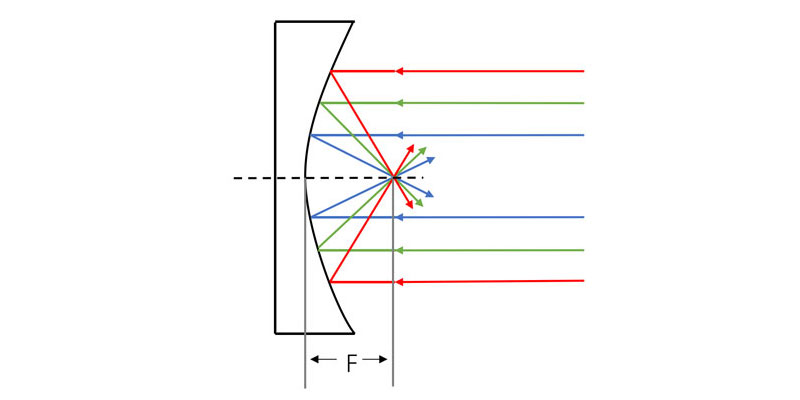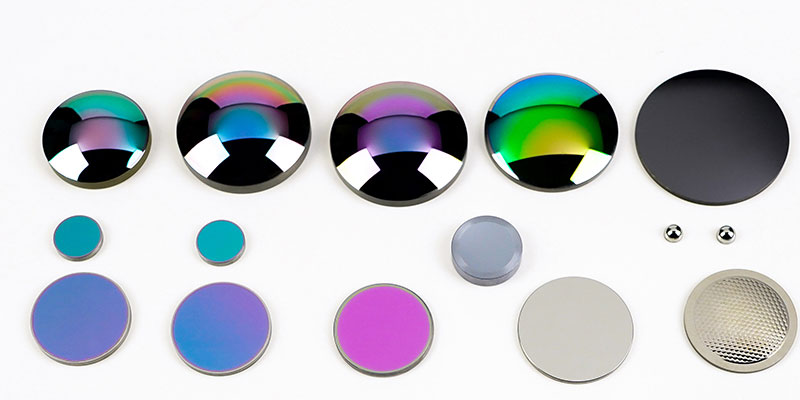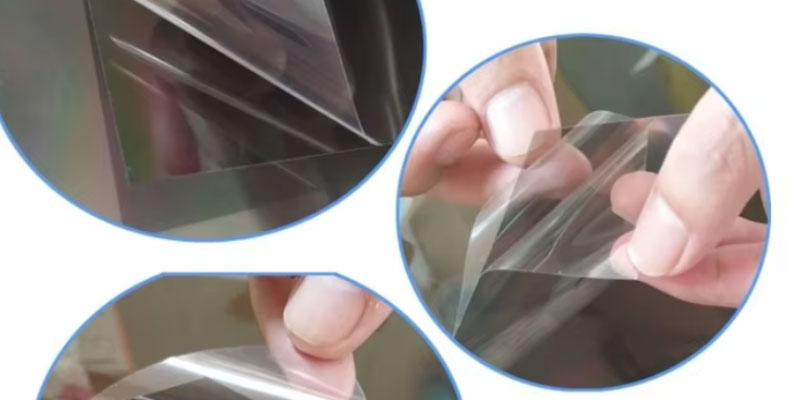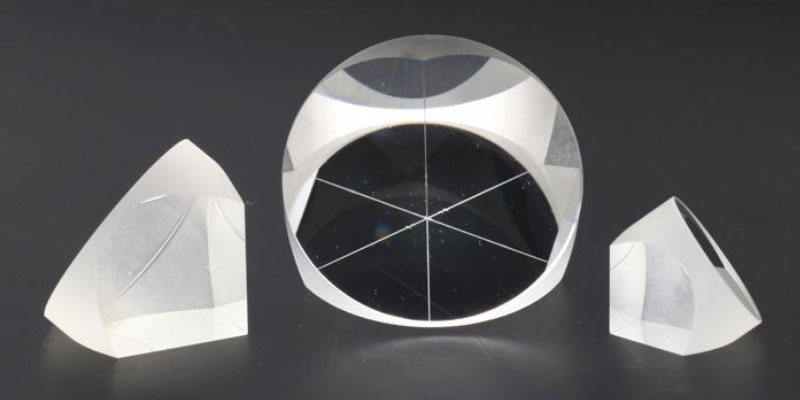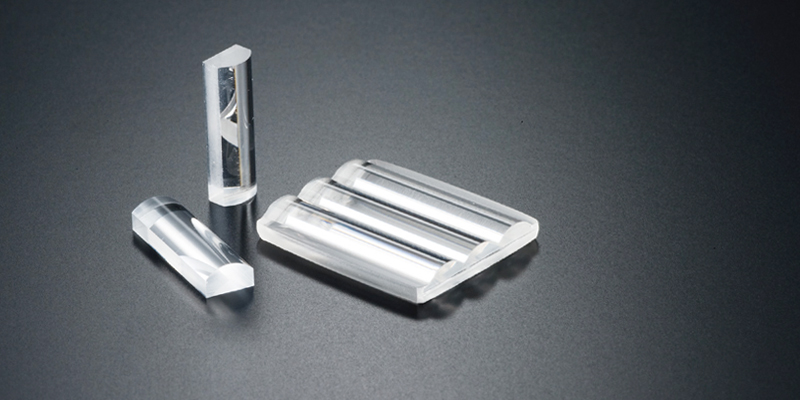
Advantages of Aspherical Lenses
Spherical lenses are subject to spherical aberration regardless of any measurement or manufacturing errors. The most significant advantage of aspherical lenses is that they can be adjusted and optimized to minimize aberration by adjusting the conic constants and aspherical coefficients. As shown in the figure, a spherical lens with significant spherical aberration and an aspherical lens with almost no aberration at all are shown, and compared to each other, a single aspherical lens obtains a better image quality.
Compared to the conventional method of correcting spherical aberration by increasing the number of lenses, aspherical lenses enable better aberration correction to be achieved with fewer lenses, for example, a zoom lens that generally uses ten or more lenses can replace five or six spherical lenses with one or two aspherical lenses to achieve the same or higher optical effect, thereby reducing the length and complexity of the system.

Additionally, optical systems that use more optics often have strict requirements for mechanical tolerances and add additional calibration steps, as well as more requirements for transmittance-enhancing films, thereby reducing the overall utility of the system. Therefore, the use of aspheric lenses in an optical system (although aspheric lenses are expensive compared to F-number-equivalent monolithic lenses and double-glued lenses) will reduce the overall system cost.
Main application areas of aspherical lenses
Aspherical lenses are widely used in laser beam shaping, image transmission, laser lens marking, security lenses, smart phone lenses, car lenses and other fields.

Overall, the reasonable use of aspheric lenses in optical systems has an irreplaceable position in realizing miniaturization, lightweighting, and multifunctionalization of optical systems. More Details to Contact Us.
optlenses
Related posts
What is uses of concave mirror?
what germanium lens is used for?
What Is Polarizer Film?
Porro Prism vs Roof Prism Lens
